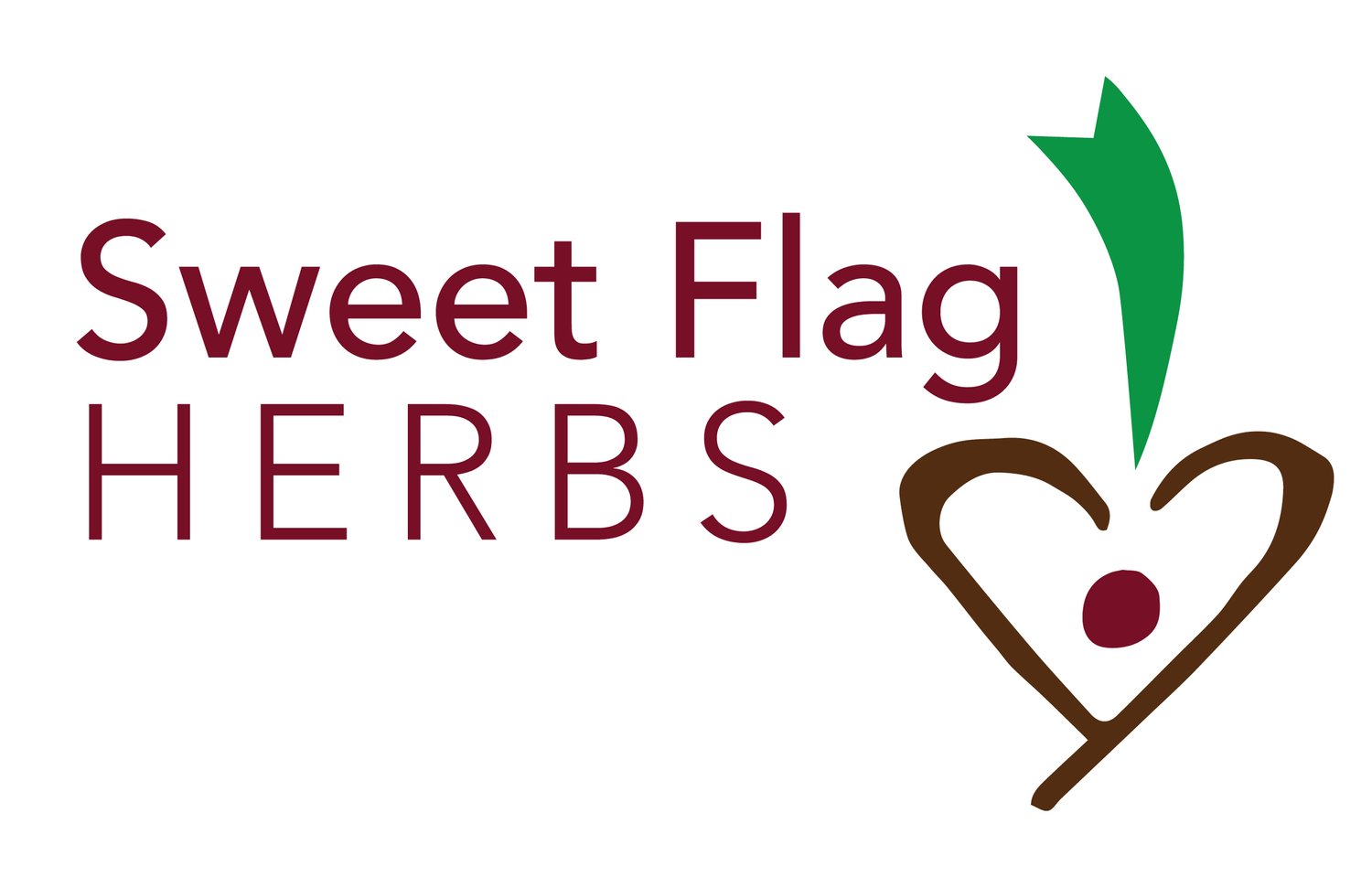Strawberry Goosefoot: Fruity Native “Spinach”
Meet Ken Parker, Supporting Instructor for Native Culinary Herbs: Online Gardening Course!
Ken is a well-known champion of native plants in the WNY area, and I’m thrilled to incorporate his expertise into this course. Ken is a passionate Indigenous horticulturalist and member of the Seneca Nation of Indians. He’s a New York State Certified Nursery Landscape Professional (CNLP) and a Green Infrastructure Program Trainer. He has spent much of his life devoted to growing, installing, teaching, and promoting indigenous plants of North America.
I’ve most recently crossed paths with Ken through the WNY Native Plants Collaborative, an organization he spearheads. He’s also the grower and nursery manager at The English Gardener, a nursery in Buffalo, NY.
Image: Ken Parker and strawberry goosefoot (Chenopodium capitatum)
While filming lessons with Ken at the English Gardener in June, I couldn’t help noticing this striking plant that Ken cultivated. The leaves and juicy fruits are edible, mild, and tasty. It’s stunning. And—it’s native!
Ken filled me in. This plant is strawberry goosefoot (Chenopodium capitatum), also known as strawberry blite. It’s closely related to lambsquarters (also known as white goosefoot), a mild and spinach-like wild green. Strawberry goosefoot’s young leaves can be enjoyed the same way as lambsquarters.
The scarlet fruit is show-stopping, and it’s edible. It’s juicy and low on flavor, much like a mulberry. The fruit can add decorative color to late spring and summer salads.
Image: juicy strawberry goosefoot fruit.
According to Prairie Moon Nursery, it’s native to the north-eastern US and the western part of the country. It generally behaves like an annual. Technically, strawberry goosefoot is monocarpic, meaning it lives as long as needed to produce seed and then dies. It can readily spread by seed like lambsquarters, which I welcome in my garden bed.
Strawberry Goosefoot prefers full sun, though it can tolerate some shade. It’s amenable to both rich and poor soils.
I haven’t spotted a WNY nursery that currently sells strawberry goosefoot, but a number of companies sell the seed online. My seeds just arrived in the mail, and I’m excited to add it to my garden next spring!
Safety consideration:
Like spinach and swiss chard, strawberry goosefoot leaves contain oxalates. This constituent can contribute to kidney stones in large quantities. Enjoyed as part of a varied diet, this shouldn’t be a problem for most people. Those who experience kidney stones or gout should exercise extra caution. Cooking the leaves significantly reduces the oxalic content. You can add them anywhere you enjoy spinach, such as soups, stews, egg dishes, tomato sauce, pizza, and more.
Like beans and grains, strawberry goosefoot contains low levels of saponins. This is generally unproblematic in a varied diet. Cooking breaks down a significant portion of saponins.
Learn more about Ken Parker’s work at his website.
Sources:
Ken Parker at The English Gardener, June 2024. Website.
Plants for a Future. “Chenopodium capitatum.” Webpage.
Prairie Moon Nursery. Range Map: Chenopodium capitatum. Webpage.
Image: Strawberry goosefoot, showing off its flashy fruit.



